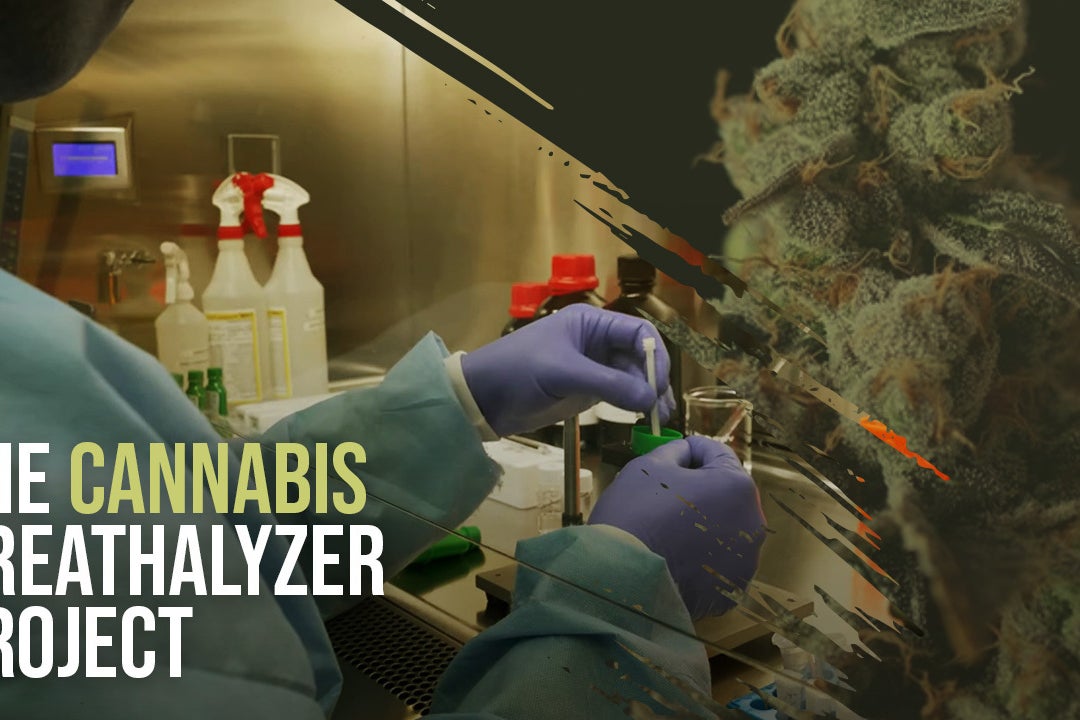This was originally published by the National Organization for the Reform of Marijuana Laws (NORML) and appears here with permission.
Technology quantifying the presence of THC in breath fails to reliably distinguish between those who have recently been exposed to cannabis and those who are regular marijuana consumers, according to data published in the Journal of Breath Research.
Researchers affiliated with the University of Colorado at Boulder and the National Institute of Standards and Technology analyzed the breath of 14 regular cannabis consumers at baseline and then again one hour immediately after smoking.
They reported that subjects’ THC breath levels did not predictably increase after smoking.
“Of the 14 participants who provided two samples during the experimental session, eight participants showed the anticipated increase in THC after cannabis use. THC was not detected in three post-use breath extracts and the remainder of post-use extracts were similar to or lower than baseline extracts,” authors determined. “Our results do not support the idea that detecting THC in breath as a single measurement could reliably indicate recent cannabis use.”
In an accompanying press release, the study’s corresponding author Tara Lovestead acknowledged, “We expected to see higher THC concentrations in the breath samples collected an hour after people used, [but] in many cases, we would not have been able to tell whether the person smoked within the last hour based on the concentration of THC in their breath.”
The study’s lead author added, “A lot more research is needed to show that a cannabis breathalyzer can produce useful results. A breathalyzer test can have a huge impact on a person’s life, so people should have confidence that the results are accurate.”
Studies have consistently failed to identify the presence of THC in either blood or breath as an indicator of either impairment or recent cannabis exposure. NORML has long argued against the expansion of drug detection testing and has instead opined in favor of the greater use of performance-based tests, such as DRUID and AlertMeter.
Full text of the study, “THC in breath aerosols collected with an impaction filter device before and after legal-market product inhalation – a pilot study,” appears in the Journal of Breath Research.
Photo: Courtesy of National Institute of Standards and Technology
Image and article originally from www.benzinga.com. Read the original article here.

